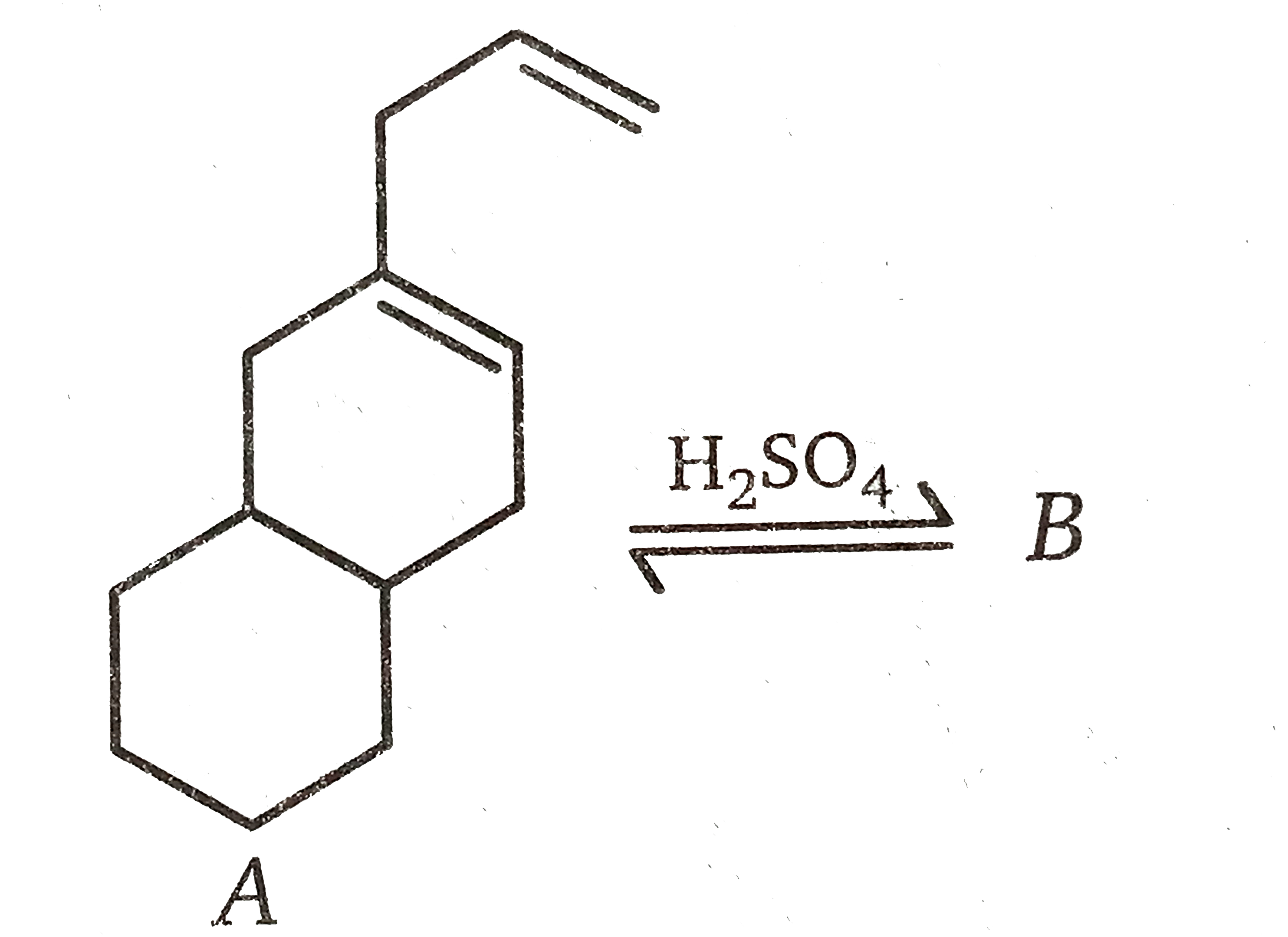
A isomerism to B on addition of traces of acid H2SO4. Compound (B) is:
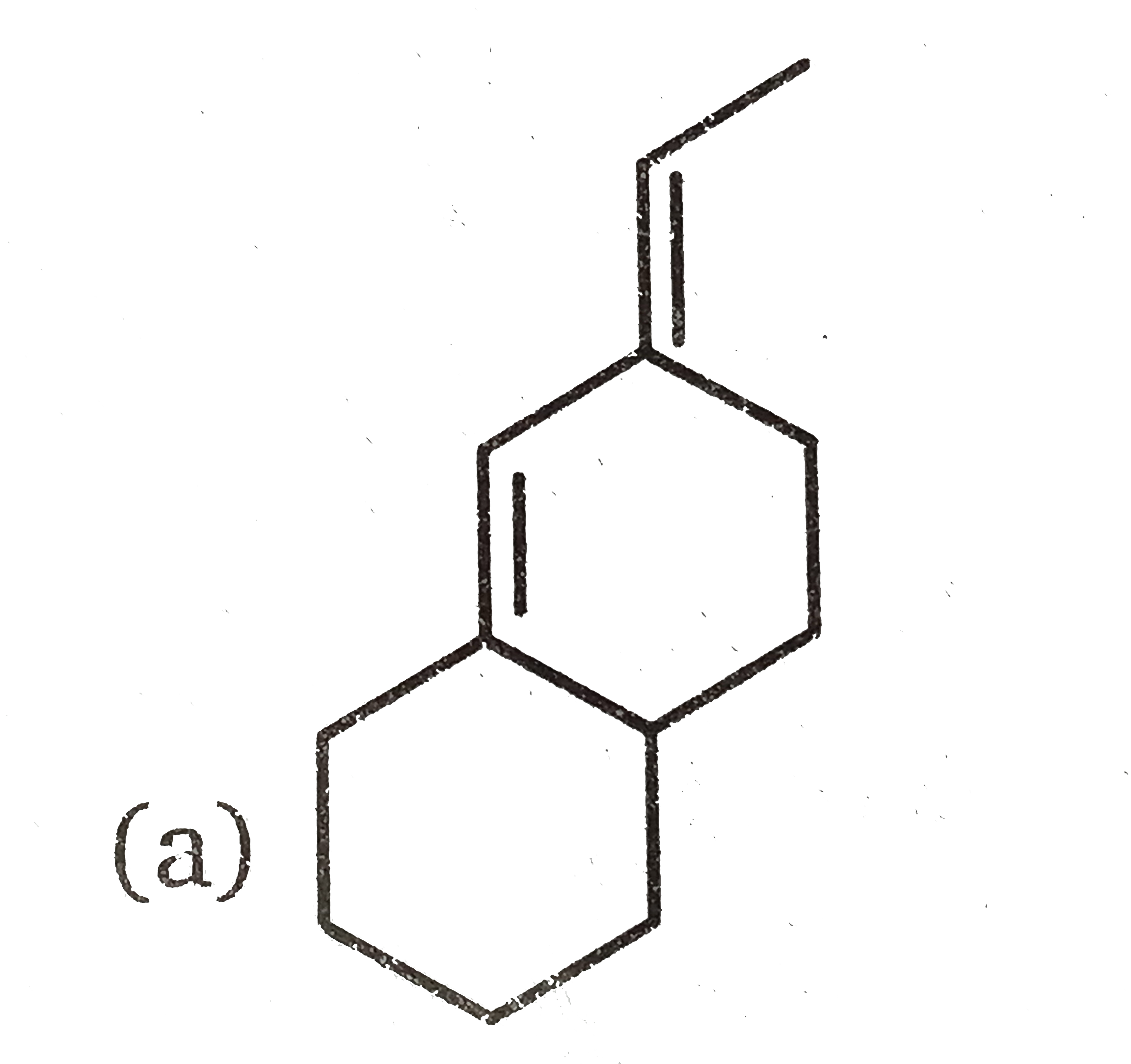
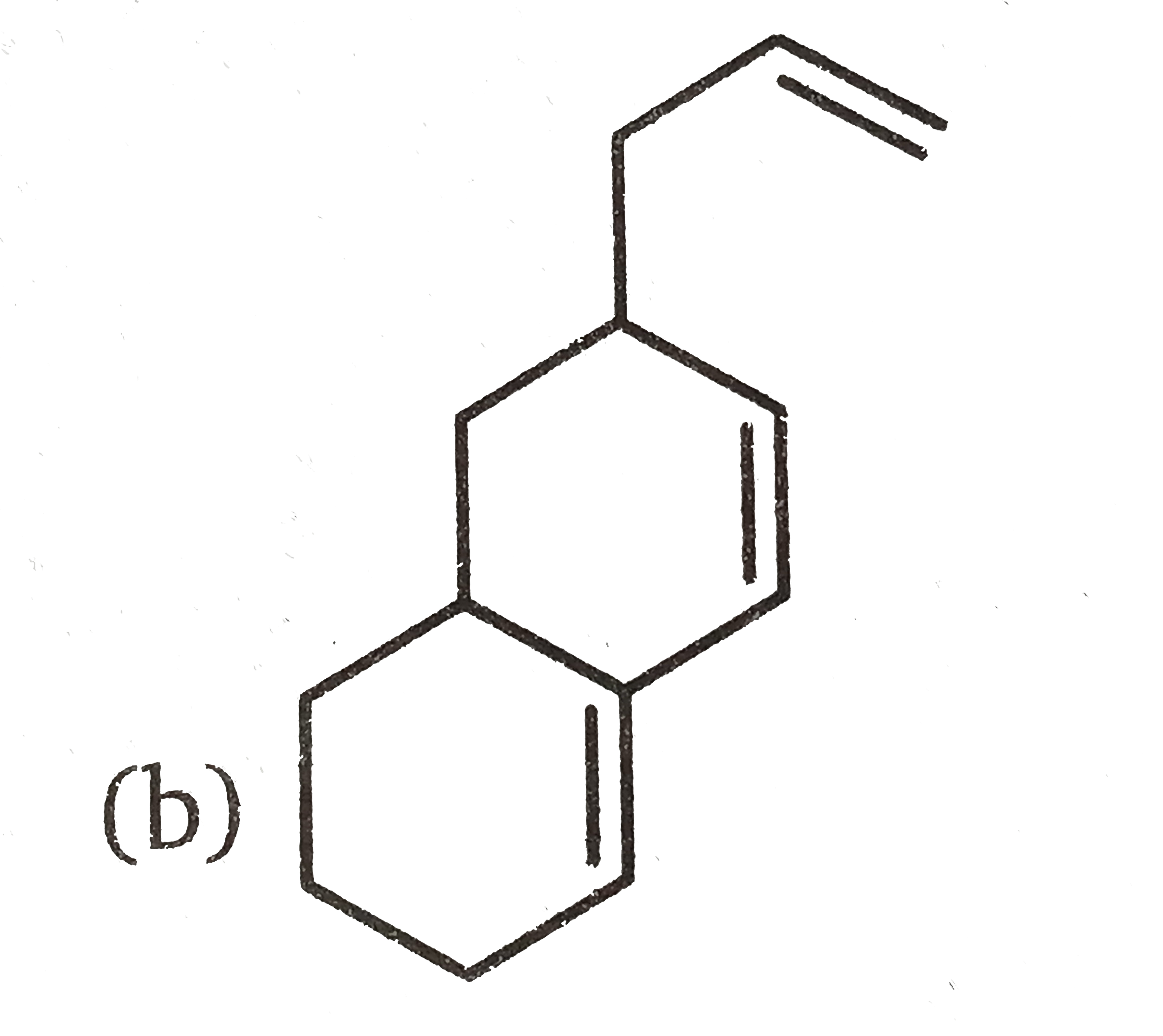
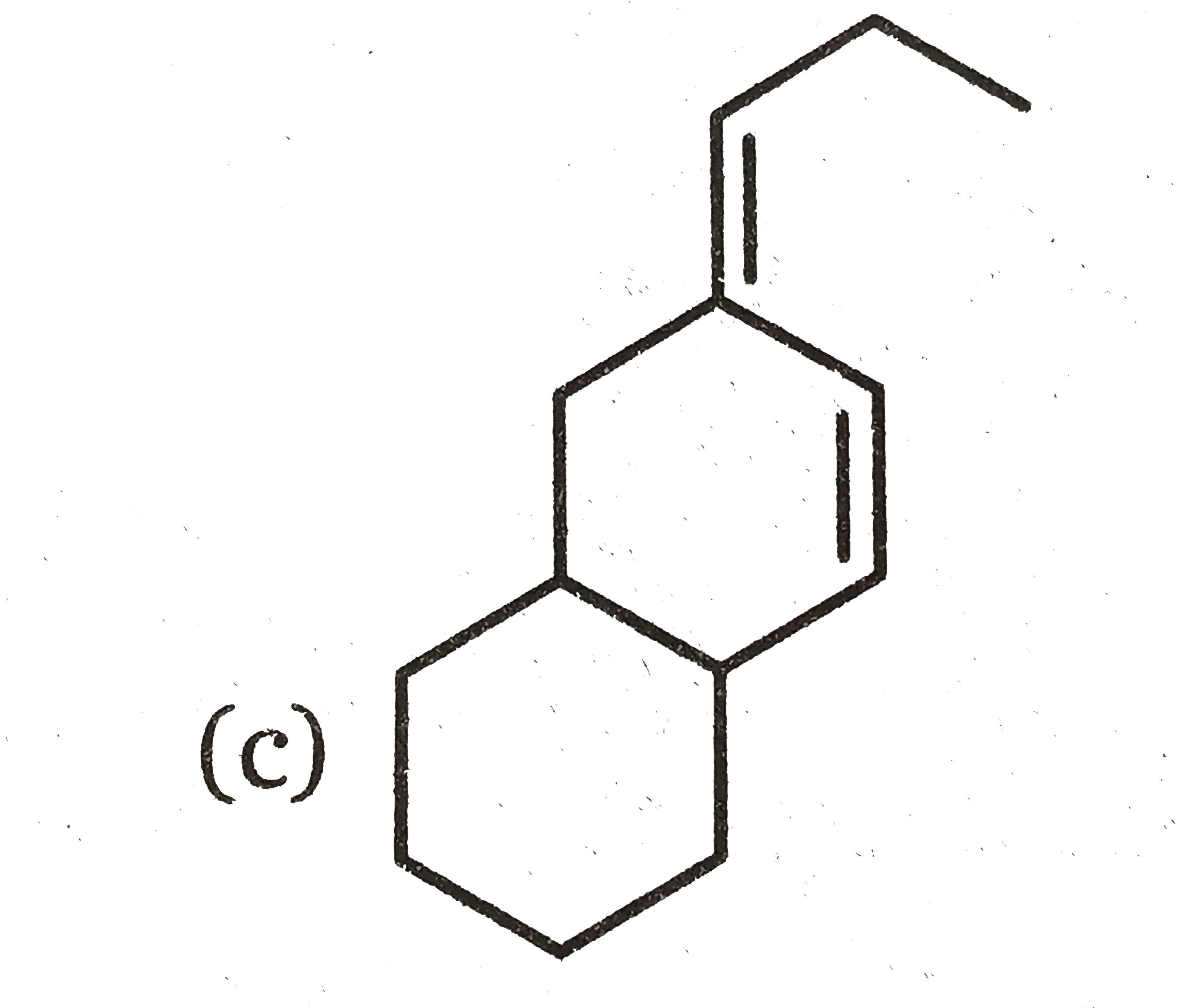
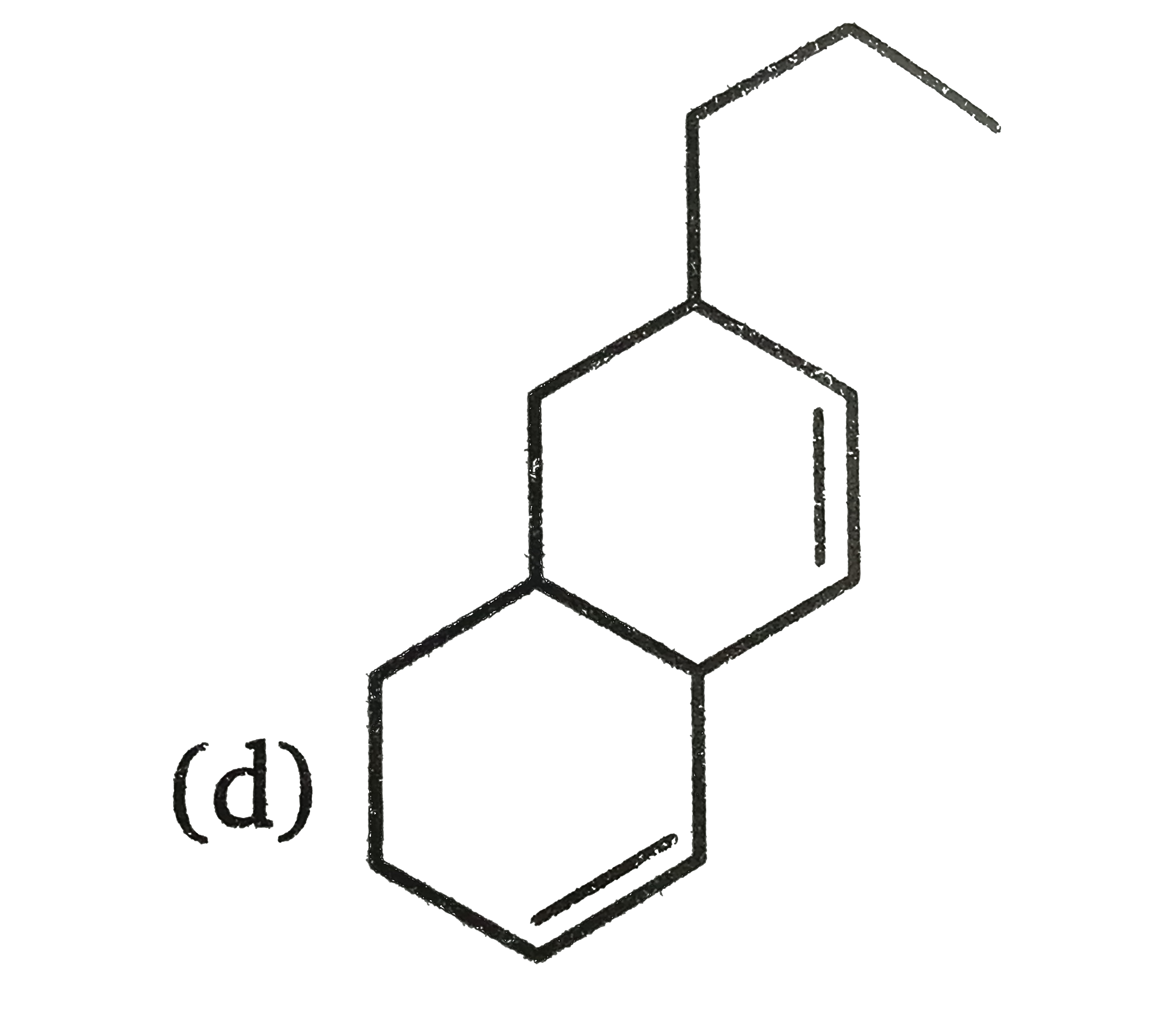
The correct Answer is:c

Isomerization of less stable diene into a more stable diene.
Topper's Solved these Questions
- BOOK - MS CHOUHANCHAPTER - HYDROCARBONS (ALKENES)EXERCISE - Level 1 (Q.1 To Q.30)1videos
HYDROCARBONS (ALKENES)
- BOOK - MS CHOUHANCHAPTER - HYDROCARBONS (ALKENES)EXERCISE - Level 1 (Q.61 To Q.90)2videos
HYDROCARBONS (ALKENES)
- BOOK - MS CHOUHANCHAPTER - HYDROCARBONS (ALKANES)EXERCISE - Level 1 (Q.31 To Q.50)1videos
HYDROCARBONS (ALKANES)
- BOOK - MS CHOUHANCHAPTER - HYDROCARBONS (ALKYNES)EXERCISE - Level 1 (Q.1 To Q.30)2videos
HYDROCARBONS (ALKYNES)
Similar Questions
Addition of Conc. H2SO4 to water is
View SolutionPyrolustie on heating with KOH in the presence of air gives dark green compound (A).The solution of (A) on treatment with H2SO4 gives a purple coloured compound (B) which gives the following reactions :
(i) Alkaline solution of B on reaction with KI changes it into compound (C ).
(ii) The color of the compound (B) disappears on treatment with acidic soluiont of FeSO4.
(iii) On reaction with conc. H2SO4 compound (B) gives another compound (D) which can decompose to produce compound (E ) along with oxygen gas. Identify compounds (A) to (E ) and write balanced chemical equation involved in each case.View Solution
Knowledge Check
- Question 1 - Select One
An compound (A) which undergo halogorm reaction give compound (B) on reduction . Compound (B) on dehydration with conc. H2SO4 gives compound ( C ) which forms secondary butylbromide with HBr. Identify (A).
ACH3OCOCH2CH3BCH3CH2CH2CH2CHOCCH3CH2CH2CH2OHDCH3CHOHCH3 - Question 2 - Select One
Black solid KOH+Air−−−−−−→Δ(A)(green)H2SO4−−−→(B)(purple)+(C)
(i) KI on reaction with alkali solution of (B) changes into a compound (D).
(ii) The colour of the compound (B) disappears on treatment with the acidic solution of FeSO4
(iii) With cold conc. H2SO4 compound (B) gives (E), which being explosive decomposes to yield (F) and oxygen. ltBrgt Q. Type of hybridization in compound (D) is:Asp2Bsp3Csp3dDNo hybridization - Question 3 - Select One
Black solid KOH+Air−−−−−−→Δ(A)(green)H2SO4−−−→(B)(purple)+(C)
(i) KI on reaction with alkali solution of (B) changes into a compound (D).
(ii) The colour of the compound (B) disappears on treatment with the acidic solution of FeSO4
(iii) With cold conc. H2SO4 compound (B) gives (E), which being explosive decomposes to yield (F) and oxygen. ltBrgt Q. Nature of compound (E) is:AAcidic oxideBBasic oxideCAmphoteric oxideDNeutral oxide
An organic compound A on heating with concentrated H2SO4 forms a compound B which on addition of one mole of hydrogen in presence of Ni forms a compounds C. One mole od compound C on combustion form two moles of CO2 and three moles of H2O. Identify the compounds A,B and C write the chemical equation of the reactions involved.
View SolutionAn organic compound A on heating with concentrated H2SO4 forms a compound B which on addition of one mole of hydrogen in presence of Ni forms a compounds C. One mole od compound C on combustion form two moles of CO2 and three moles of H2O. Identify the compounds A,B and C write the chemical equation of the reactions involved.
View SolutionBlack solid KOH+Air−−−−−−→Δ(A)(green)H2SO4−−−→(B)(purple)+(C)
(i) KI on reaction with alkali solution of (B) changes into a compound (D).
(ii) The colour of the compound (B) disappears on treatment with the acidic solution of FeSO4
(iii) With cold conc. H2SO4 compound (B) gives (E), which being explosive decomposes to yield (F) and oxygen. ltBrgt Q. Which of the following options is correct?View SolutionBlack solid KOH+Air−−−−−−→Δ(A)(green)H2SO4−−−→(B)(purple)+(C)
(i) KI on reaction with alkali solution of (B) changes into a compound (D).
(ii) The colour of the compound (B) disappears on treatment with the acidic solution of FeSO4
(iii) With cold conc. H2SO4 compound (B) gives (E), which being explosive decomposes to yield (F) and oxygen. ltBrgt Q. Colour of the solution obtained, when ferrous sulphate reacts with acidic solution of (B):View SolutionAn organic compound 'A' on heating with concentrated H2SO4 forms a compound 'B' which on addition of one mole of hydrogen in presence of Ni forms a compound 'C'. One mole of compound 'C' on combustion forms two moles of CO2 and three moles of H2O.
When 'B' and 'C' are added separately to the test tubes conrtaining orange-brown liquid 'X', the colour disappears in case of 'B' but remains same in case of 'C'. The name of the liquid 'X' and the substance responsible for colour change are respectivelyView Solution

